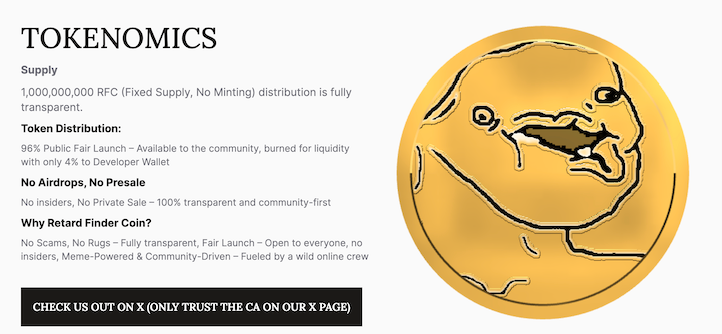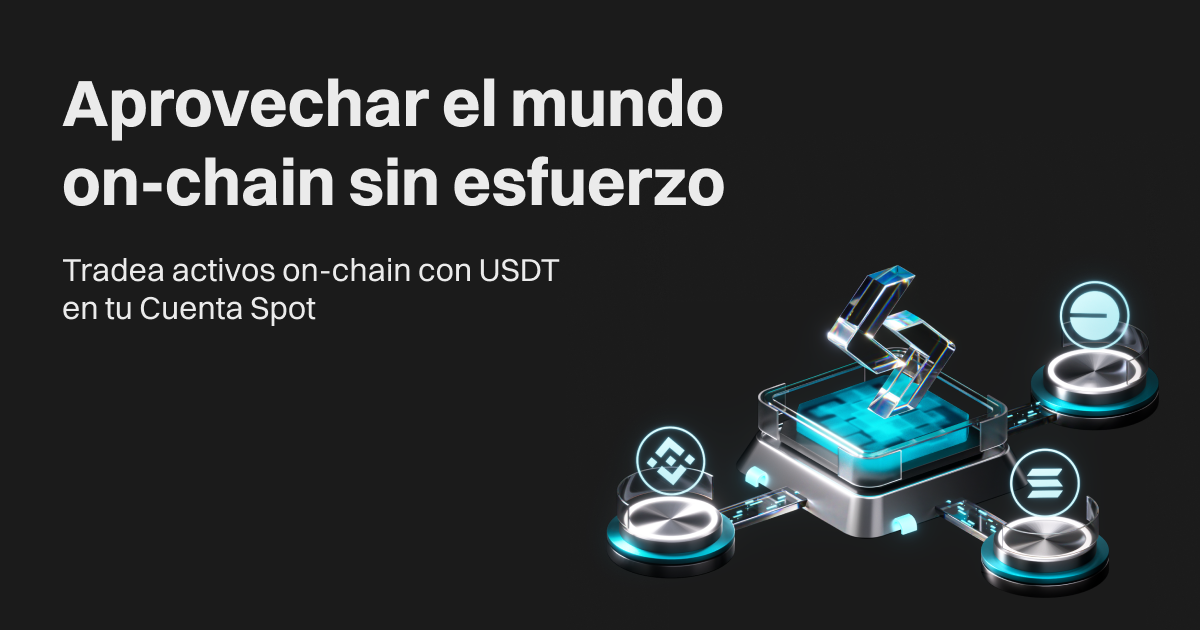Brazil’s central bank studies rules as stablecoin use exceeds 90% of cryptocurrency transactions
- Stablecoins such as USDT and USDC dominate 90% of Brazil’s cryptocurrency transactions as users hedge against real volatility and inflation.
- Stablecoins streamline remittances and everyday payments; fintech platforms simplify access amid Brazil’s growing digital payments infrastructure.
Nine out of ten cryptocurrency transactions in Brazil now involve stablecoins, according to recent industry reports. Assets such as Tether (USDT), USD Coin (USDC) and DAI account for 90% of the country’s cryptocurrency trading volume, surpassing Bitcoin and other cryptocurrencies.
Stablecoins, which link their value to stable assets such as the US dollar, serve multiple functions. Individuals use them to protect their savings from the volatility of the real, while businesses take advantage of them to make cross-border payments and avoid traditional bank fees.
Remittances, the livelihood of many families, also benefit: stablecoin transfers settle faster and cost less than conventional methods. Denise Cinelli, COO of Brazilian exchange CryptoMKT, says: «Users prioritize speed and predictability.stablecoins meet these needs in a way that volatile cryptocurrencies cannot.»
Three factors explain this trend. First, Brazil’s inflation rate, while declining, remains a concern. Stablecoins offer a hedge against the erosion of the real’s purchasing power. Second, financial technology platforms and cryptocurrency exchanges have simplified access.
Companies like CryptoMKT allow users to buy, sell and store stablecoins with minimal friction, even for those without bank accounts. Third, Brazil’s digital payments infrastructure – bolstered by apps like Pix – has prepared users for blockchain-based alternatives.
Brazil’s central bank has begun drafting rules to regulate stablecoins, with the aim of ensuring transparency and consumer protection. Proposed measures include reserve audits for issuers and safeguards against fraud. CryptoMKT and other exchanges are working with authorities to align operations with the emerging rules, although specific details are still under discussion.
Shift to stablecoins reflects broader financial changes in Brazil
More than 40% of adults lack full access to banking services, according to World Bank data. Stablecoins fill this gap by enabling savings and transactions without traditional intermediaries. This utility extends to small businesses, which use them to manage international suppliers and avoid costly currency conversions.
Although adoption is growing, challenges persist. Reliance on stablecoins exposes users to changes in U.S. monetary policy, as most are pegged to the dollar. Others are concerned about centralization, given that issuers like Tether control reserves.
However, the Brazilian market shows no signs of slowing. Analysts at ETHNewspredict that stablecoins will anchor the country’s digital economy as fintech partnerships expand and regulations are formalized.
For now, Brazil’s adoption of stablecoins highlights a pragmatic approach to financial innovation, balancing opportunity with caution.
Descargo de responsabilidad: El contenido de este artículo refleja únicamente la opinión del autor y no representa en modo alguno a la plataforma. Este artículo no se pretende servir de referencia para tomar decisiones de inversión.
También te puede gustar
FARTCOIN Aumenta un 28% Mientras el Mercado General de Criptomonedas Lucha

Nuevos pares de trading con margen en spot: ¡PAXG/USDT!
Bitget Onchain: Aprovechar el mundo on-chain sin esfuerzo

